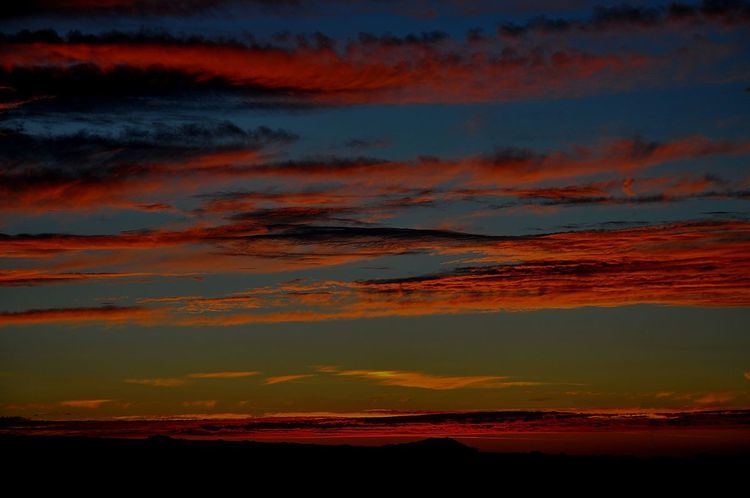 | ||
Dusk occurs at the darkest stage of twilight, or at the very end of astronomical twilight after sunset and just before night. Pre-dusk, during early to intermediate stages of twilight, there may be enough light in the sky under clear-sky conditions to read outdoors without artificial illumination, but at the end of civil twilight, when the earth rotates to a point at which the center of the sun is at 6° below the local horizon, artificial illumination is required to read outside. The term dusk usually refers to astronomical dusk, or the darkest part of twilight before night begins.
Technical definitions
The time of dusk is the moment at the very end of astronomical twilight, just before total darkness or night, or may be thought of as the darkest part of twilight.
